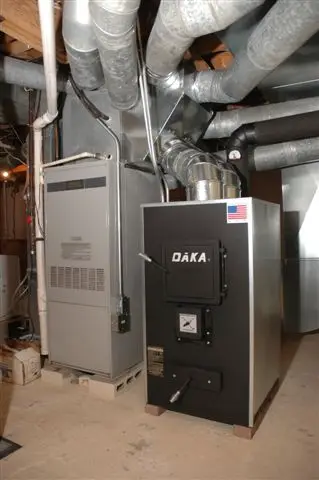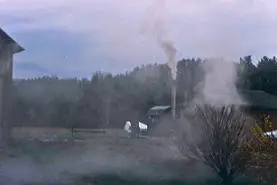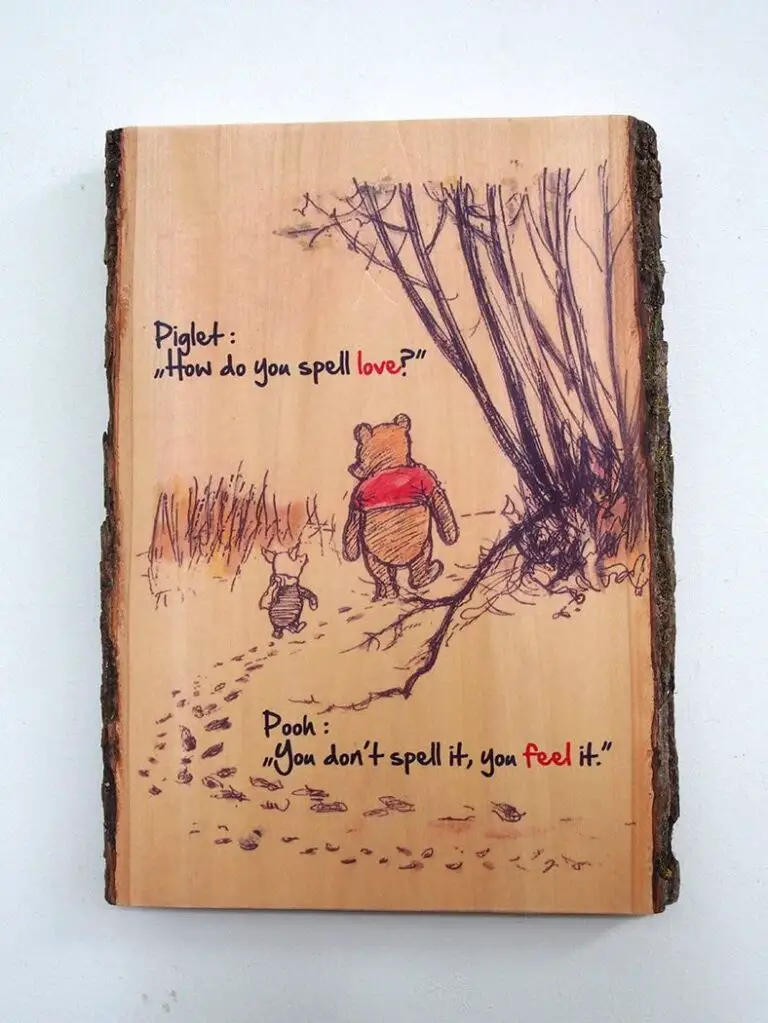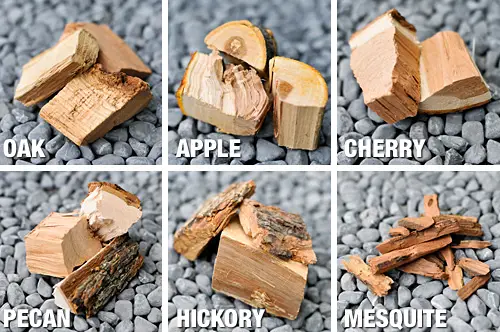What is Balsa Wood : The Ultimate Guide for Crafters
When it comes to lightweight and versatile woods, one name stands out among the rest – balsa wood. Renowned for its exceptional strength-to-weight ratio and ease of use, balsa wood has been a favorite material for crafting and construction for centuries. In this article, we’ll take a closer look at what balsa wood is, its many uses, and why it continues to be a popular choice for DIY enthusiasts, hobbyists, and professionals alike.
What is Balsa Wood?
Balsa wood, scientifically known as Ochroma pyramidale, is a light yet remarkably durable wood that comes from the balsa tree – a species native to the tropical regions of Central and South America. The balsa tree is known for its rapid growth, with some trees reaching maturity in as little as five to seven years, making it a highly sustainable and eco-friendly resource.
One of the most remarkable features of balsa wood is its exceptional lightweight properties. In fact, it is one of the lightest commercial woods available, with a density of just 4 to 10 pounds per cubic foot, depending on the specific variety. Despite its lightness, balsa wood boasts impressive strength and flexibility, making it an ideal material for a wide range of applications.
Characteristics Of Balsa Wood
Let’s delve deeper into the specific characteristics of balsa wood that make it such a sought-after material:
| Characteristic | Description |
|---|---|
| Lightweight | Balsa wood is renowned for its incredibly low density, which gives it a feather-light feel while maintaining impressive strength. |
| Strength | Despite its lightweight nature, balsa wood is surprisingly strong, making it suitable for a range of structural and load-bearing applications. |
| Flexibility | It possesses a natural flexibility that allows it to bend without breaking, making it ideal for projects that require some degree of give. |
| Workability | Balsa wood is easy to cut, carve, and shape, making it a favored choice for model making, carving, and other crafting projects. |
| Absorbency | It readily accepts adhesives, paints, and finishes, allowing for easy customization and embellishment in various applications. |
Uses of Balsa Wood
The versatility of balsa wood lends itself to a wide array of practical and artistic applications. Some of the most common uses of balsa wood include:
Model Making
Balsa wood is a staple material in the world of model making. Whether it’s for creating remote-control airplanes, architectural models, or miniature prototypes, its lightweight yet sturdy nature makes it an ideal choice for crafting intricate and detailed models.
Crafting And Hobby Projects
From hand-carved sculptures to intricate woodwork, balsa wood is a favorite among artists and hobbyists for its ease of use and flexibility. Its lightweight properties make it ideal for creating delicate and intricate designs with ease.
Structural Support
Despite its lightweight nature, balsa wood’s strength makes it surprisingly effective for certain structural support applications. It can be used in the construction of lightweight furniture, internal framework for large-scale models, and even as a core material in sandwich composite structures.
Educational And Stem Projects
Balsa wood is often utilized in educational settings for science, technology, engineering, and mathematics (STEM) projects. Its affordability and ease of use make it an excellent choice for introducing students to the principles of structural engineering, aerodynamics, and design.
Prototyping And Product Development
Engineers and product designers often turn to balsa wood for creating initial prototypes of their designs. Its ease of modification and lightweight yet sturdy properties make it an invaluable material for testing and refining new product concepts.

Credit: www.pinterest.com
Why Balsa Wood Continues to Thrive
Despite advancements in synthetic materials and composites, balsa wood remains a popular choice for a wide range of applications. Its natural properties offer a unique set of benefits that are hard to replicate with other materials:
- Environmental Sustainability: With growing concerns about environmental impact, the eco-friendly and sustainable nature of balsa wood makes it an attractive choice for those looking to minimize their carbon footprint.
- Versatility: Balsa wood’s ability to adapt to various projects, from intricate crafts to structural support, makes it highly versatile and practical in diverse applications.
- Weight-to-Strength Ratio: The exceptional strength-to-weight ratio of balsa wood makes it an efficient choice for lightweight yet durable structures, particularly in fields such as aerospace and model making.
- Ease of Use: Its workability and ease of modification with basic tools make balsa wood accessible to both seasoned professionals and beginners in crafting and construction.
Frequently Asked Questions For What Is Balsa Wood : The Ultimate Guide For Crafters
What Is Balsa Wood Commonly Used For?
Balsa wood is often used in model building, crafting, and as a core material in lightweight structures.
Is Balsa Wood Suitable For Outdoor Projects?
Balsa wood is not advised for outdoor use as it is not weather resistant and may suffer from moisture damage.
How Does Balsa Wood Compare To Other Woods?
Balsa wood is significantly lighter and softer than most other woods, making it ideal for specific applications.
Can Balsa Wood Be Painted Or Stained?
Yes, balsa wood can be painted or stained to achieve the desired color or finish for various projects.
Conclusion
Balsa wood’s remarkable combination of lightweight properties, strength, and versatility has cemented its status as a go-to material for a wide array of projects. Whether it’s model making, crafting, prototyping, or educational endeavors, the appeal of balsa wood shows no signs of waning. Its sustainable sourcing and ease of use further solidify its place as a beloved material for hobbyists, professionals, and eco-conscious enthusiasts alike.






